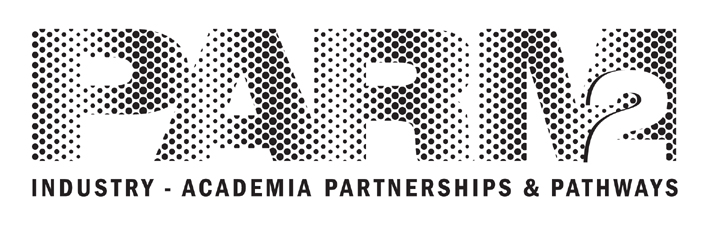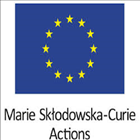
| VIBRO-IMPACT MACHINES BASED ON PARAMETRIC RESONANCE: Concepts, mathematical modelling, experimental verification and implementation | |
|---|---|
| Research Area | FP7-PEOPLE-2012-IAPP Marie Curie Action: 'Industry-Academia Partnerships and Pathways' |
| Project Reference | PIAP-GA-2012-284544-PARM2 |
| Coordinator | Professor Gennady S. Mishuris |
| Project Funding | 1775354 EURO |
| Contract Type | Industry-Academia Partnerships and Pathways (IAPP) |
| Start Date | 2012-01-01 |
| Duration | 48 months |
| Project Description | The aim of the project is to enhance the potential and output of vibrating machines and decrease their ecological footprint by implementation of parametric resonance (PR). Compared with the regular resonance, the PR is characterized by a much higher intensity within a wide range of frequencies. The advantage of a PR-based machine was demonstrated with a prototype PR screener (PRS) developed and produced by the project partners. The PRS demonstrated large amplitudes of high-frequency lateral oscillations and self-vibro-insulation and could process a naturally wet fine granular material. However, the PR is instable, and its use as an effective operating mode assumes, among others, creation of a stabilized instability regime. This is an inspiring and challenging high-tech task for combined efforts of applied mathematicians and engineers. The extraordinary PR features together with open nontrivial theoretical and engineering problems provide a motivation to undertake this interdisciplinary research. The main objectives are: to develop a technically sound control of PR amplitude; to develop mathematical models for the process of material separation with a PRS; to design PRS-related screens with given stiffness and minimal bending stresses, and to design other types of PR-based separators and crushers. The enhancement of vibro-cutting/drilling tools via the development of the underpinning theory and application of the PR principle will also be an objective. An exchange of fundamentals and technical concepts between the large-scale research and the micro/nano PR studies is assumed. The project activities will be based on close cooperation and targeted secondments between academia and industry. As a result, a large number of ESRs will have a unique opportunity to be trained through research, working on all interdisciplinary aspects, starting from the conceptual design and modelling and finishing with prototypes/demonstrators of new PR-based machines and tools. |
Contact Details
Institute of Mathematics and PhysicsAberystwyth University
Physical Sciences Building
Aberystwyth
Ceredigion
SY23 3BZ
Tel: 01970 622 808 Fax: 01970 622 826 Email: imaps@aber.ac.uk
